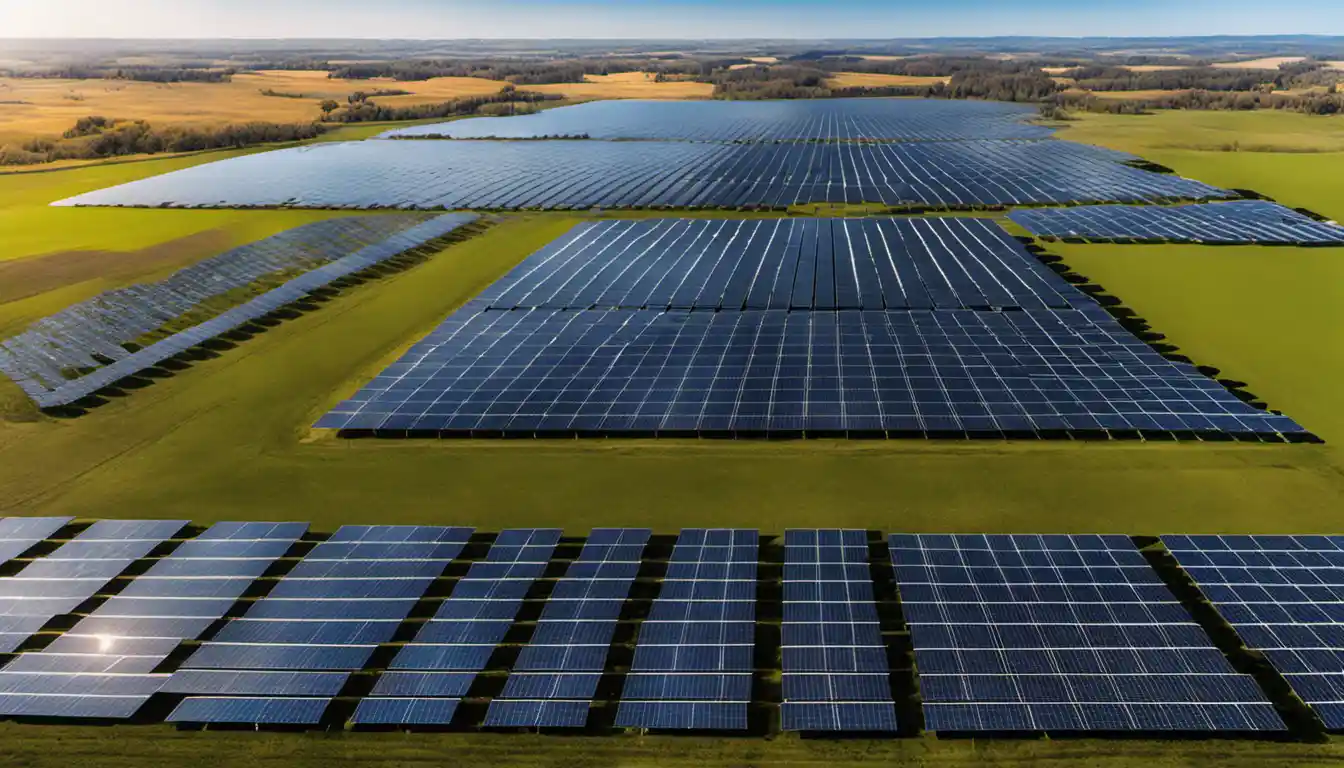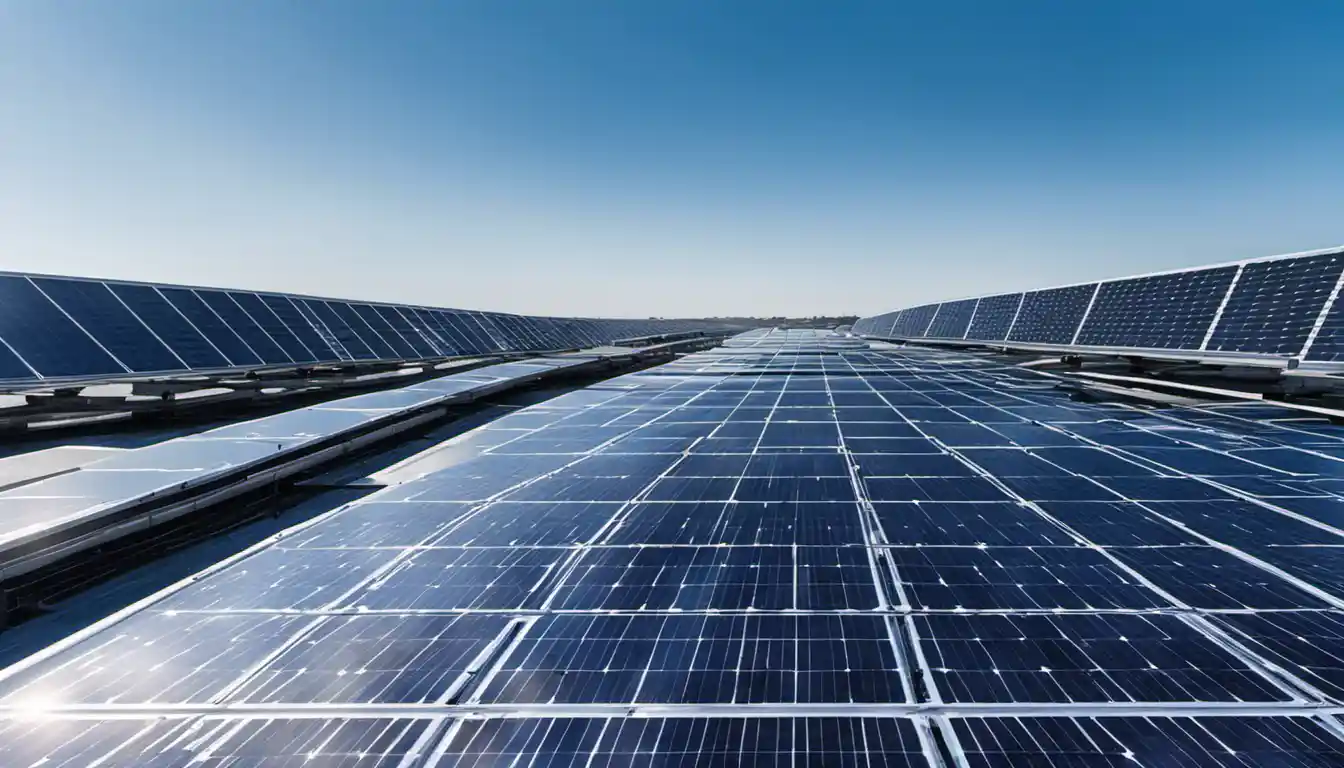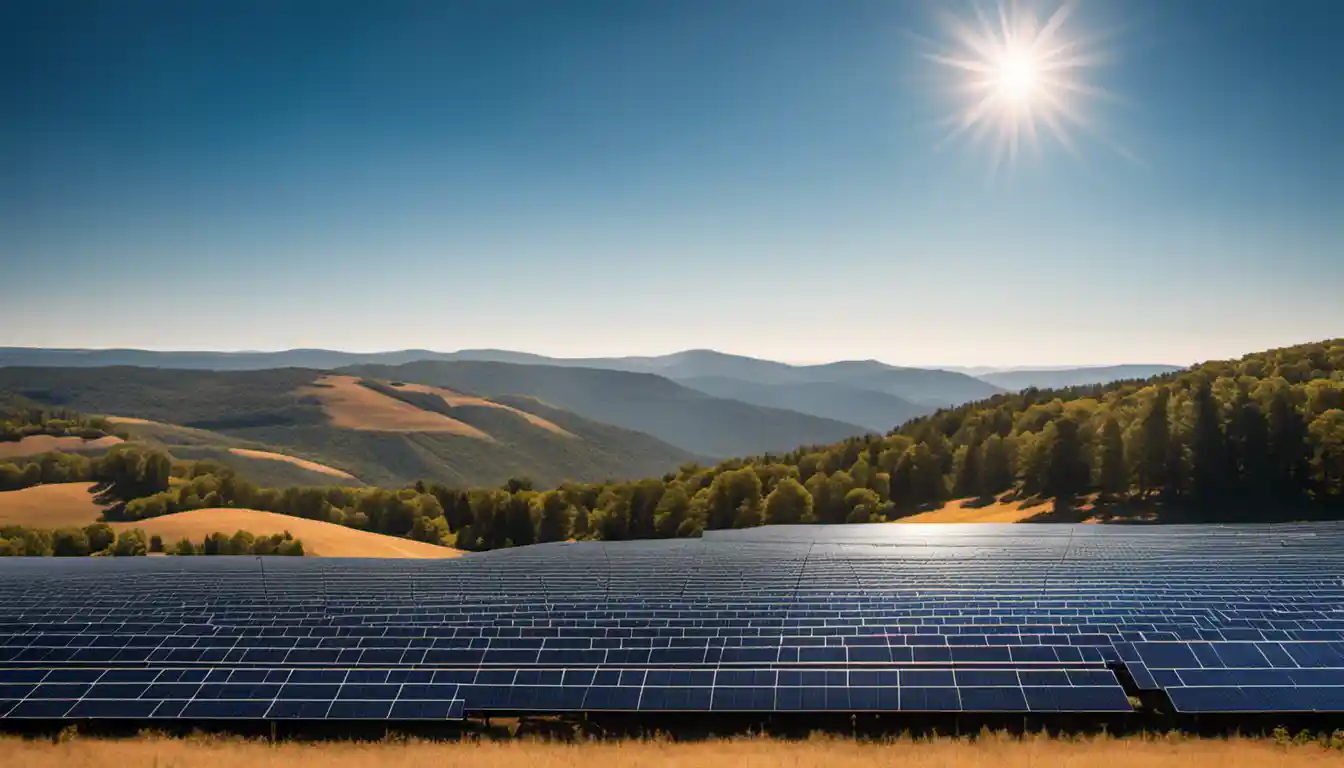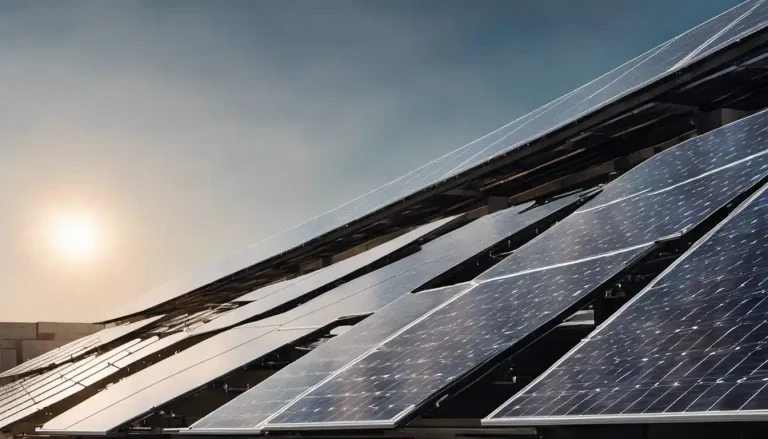Introduction: Understanding Solar Cell Sizes
Solar cell size can vary depending on the type of cell and its intended application. Standard solar panels for residential use typically have 60 cells, each measuring about 156 mm square. However, for commercial or utility scale, panels could have up to 72 cells with the same dimensions or bigger.
Understanding the dynamics behind solar cell size can go a long way in optimizing your solar energy output. The right solar cell size – in conjunction with the number of cells within your solar panel – plays a pivotal role in the amount of electricity your home can generate.
Solar Cells Size: A Historical Perspective
Discovery and Initiation of Solar Cells
Solar energy isn’t a new concept. In fact, the discovery of solar cells dates back to the 1800s, with Alexandre Edmond Becquerel noting the photovoltaic effect. Over the last century, solar cell sizes evolved dramatically, mirroring advances in technology, and catering to the changing needs of global energy consumers.
Evolution of Solar Cell Sizes Over the Years
When solar panels first entered the scene, they used smaller solar cells. However, with advancements in technology, and the need for more power-efficient panels, solar cell sizes began to increase gradually over the years.
Standard Sizes of Solar Cells
Residential Solar Cells/ Commercial Solar Cells
Whether for residential or commercial use, solar cell size holds importance. For instance, residential solar panels generally use 60 to 104 solar cells. These cells are usually 156mm by 156mm in size. On the other hand, commercial solar panels may opt for more cells (between 72 to 144) and larger size.
In-depth Explanation: Solar Cells Per Watt Size
Calculating Solar Cell Size Per Watt
A key concept to understand when examining a “solar cell size per watt” is wattage – the amount of electricity a solar cell is capable of producing. For instance, a general rule of thumb is that a solar panel will produce around 15-20W per square foot. Therefore, if you know your needed power output, you can estimate the size of the solar panel you require.
Factors Affecting Solar Cell Size Per Watt
Several factors impact the solar cell size per watt. These include the type of solar cell (monocrystalline, polycrystalline, thin-film), sunlight exposure, temperature, and more.
How Big Are Standard Sized Solar Panels?

Residential and Commercial Solar Panel Sizes
Solar panel sizes vary greatly depending on their use. A residential solar panel is typically smaller, aiming for around 65 inches by 39 inches in size. Meanwhile, commercial panels, due to their higher energy demands, are larger, nearing dimensions of approximately 78 inches by 39 inches.
Average Area of a Single Solar Panel
A single solar panel box generally spans between 12 to 18 square feet, depending on its intended energy output.
Factors That Determine Solar Panel Size
Panel Material
Various materials like monocrystalline silicon, polycrystalline silicon, amorphous silicon, etc., are used to manufacture solar cells, with each having distinct efficiency and size requirements.
Panel Brand
Different brands offer different panel sizes. Therefore your choice of brand can impact the solar cell size you’ll end up within your solar panel.
Wattage/Voltage
Higher wattage panels are bigger since they require more solar cells to produce the desired electricity.
Electricity Output Needed
Logically, if your home requires a high amount of power, you need larger panels with more cells.
Solar Panel Size and Roof Space
Understanding the Area Required on Your Roof for Solar Panels

Your roof space largely determines the size and number of solar panels you can install. On average, you need about 100 square feet of roof space for every kilowatt of solar power.
Solar Panel Efficiency and its Importance
Comprehending Solar Panel Efficiency
A panel’s efficiency is the rate at which it converts sunlight into electricity. The higher the efficiency, the more power you can produce in the same space. Hence, efficiency becomes crucial when the roof area is limited.
The Role of Solar Cell Size in Solar Panel Efficiency
Solar cell size impacts the overall performance and efficiency of a solar panel. Larger sized cells typically have a higher wattage per cell, translating to better efficiency.
Different Solar Wafer Sizes
M1, M2, M3, M4, M5, M6, M12 Solar Wafer and Solar Cell Sizes and their Market Share
Different wafer sizes correspond to different sizes of solar cells, with M1, M2, M3, M4, M5, M6, M12, being common nomenclatures in the market. For instance, while M1 wafers correspond to the 156.75 mm-sized solar cells, M12 wafers are linked to larger 210 mm-sized solar cells. However, as per market trends, M6 wafers (166 mm) are currently gaining popularity due to their optimal balance between cost and efficiency.
Weighing Solar Panels: Essential Facts You Must Know
The Average Weight of a Solar Panel
An average solar panel weighs roughly between 18 to 20 kgs. It’s essential to keep this in mind as it affects the structural requirements for solar panel installation.
Weight Impact of Solar Panels on a Roof
While solar panels are relatively light compared to their size, the effect of number of panels on your roof can add considerable weight. Before installation, make sure your roof can handle this weight.
Solar Panel Dimensions: All You Need to Know

Understanding the Three Common Types of Panel Dimensions
The most common solar panel dimensions correlate to the solar cell sizes used. Usually, panels are designed for 60-cell, 72-cell, or 96-cell configurations, each correlating to different overall dimensions.
Reading and Using a Solar Panel Size Chart
A solar panel size chart can help you figure out the optimal solar cell size and number for your requirements, taking into account your available roof space and energy needs.
The Solar Power Calculation Formula: Breaking It Down
Interpretation and Usage of the Formula
Generally, you can estimate the necessary solar power (wattage) by dividing your average monthly electricity use (in kWh) by monthly solar radiation (in kWh/m2). This helps determine the required solar cell size per watt.
Critical Factors that Affect Solar Panel Output
These factors include solar cell size, efficiency, and the amount of sunlight your panels receive.
Making the Right Choice: How Many Solar Panels Does Your Home Need?
Determining the Number of Solar Panels Based on Your Energy Consumption
The number of solar panels required depends on your average energy consumption and the efficiency of the panels you choose. For instance, if you consume 10,000 kWh per year and are using 300W panels of about 15% efficiency, you’ll need about 28 panels.
Other Factors to Consider When Deciding on the Number of Panels
Also, consider factors such as your budget, available space, future energy requirements, and changes in local weather patterns.
Conclusion: Choosing the Right Solar Panel for Maximum ROI
Ultimately, your choice in solar cell size comes down to your personal circumstances and needs. By understanding your power requirements and knowing your roof’s space, you can make an informed decision about which panel size best fits your home.
It’s crucial to find the right balance between effective solar panel sizes and wattage to ensure that you get the best return on your investment.
The future of solar energy is bright, and by choosing the right solar cell size, you’re setting your home up for an efficient, sustainable, and cost-effective energy solution.



